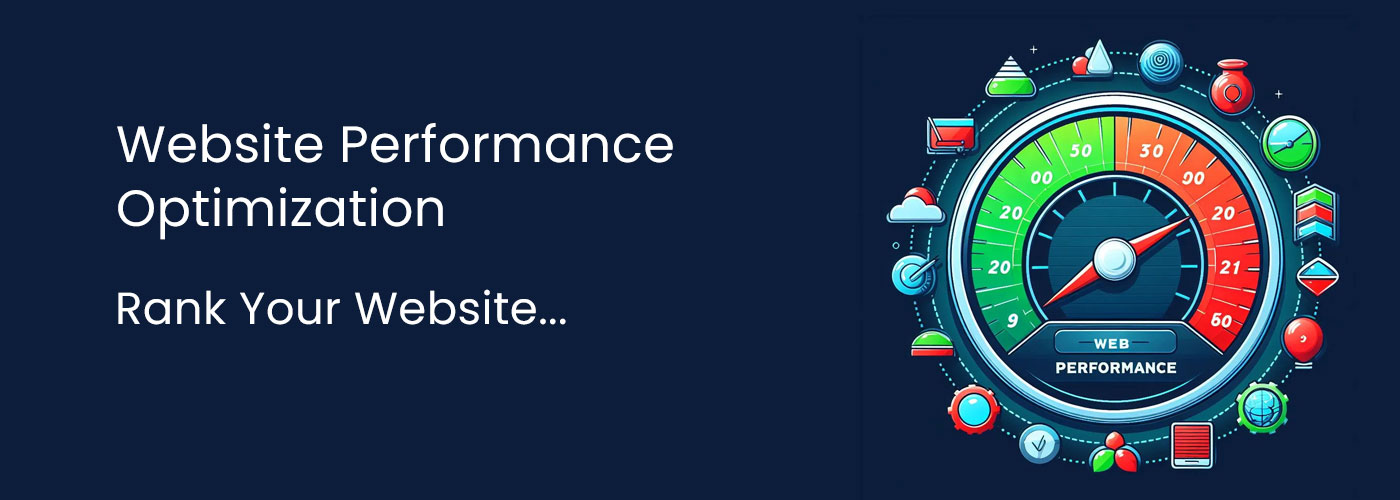Hydra Tech Insights
Stay updated with the latest in technology and gaming.
Web Speed Secrets: Turbocharge Your Site Today
Unlock the secrets to lightning-fast web speed! Boost your site's performance today and watch your traffic soar.
Top 10 Proven Techniques to Improve Your Website's Speed
Improving your website's speed is crucial for enhancing user experience and boosting SEO rankings. Here are 10 proven techniques to help you achieve lightning-fast load times:
- Optimize images: Ensure that all images are compressed and in the correct format to minimize load times without sacrificing quality.
- Minimize HTTP requests: Reduce the number of elements on your page by combining CSS and JavaScript files, streamlining the number of requests made to the server.
- Enable browser caching: Allow visitors' browsers to store certain elements of your site, reducing loading times on repeat visits.
- Use a Content Delivery Network (CDN): Distributing your content across multiple servers globally can significantly speed up access for users, regardless of their location.
- Reduce server response time: Choose a reliable hosting provider and optimize your server settings to ensure minimal delays in server response.
Continuing with our list, here are five more techniques that can substantially improve your website's speed:
- Minify CSS, JavaScript, and HTML: Removing unnecessary characters from these files can reduce their size and therefore load times.
- Implement lazy loading: This technique delays the loading of non-critical resources until they are needed, which can make the initial page load much faster.
- Keep plugins to a minimum: Excessive use of plugins can bog down your site; only keep essential ones and ensure they are well-maintained.
- Regularly test your site’s speed: Use tools like Google PageSpeed Insights or GTmetrix to monitor your website's performance and identify areas for improvement.
- Consider a lightweight theme: Choose a well-coded, lightweight theme for your website that is designed to load quickly.

How to Measure Your Website's Speed and Performance Effectively
Measuring your website's speed and performance is crucial for optimizing user experience and improving SEO rankings. Start by utilizing tools like Google PageSpeed Insights, GTmetrix, or Pingdom. These tools provide comprehensive reports that not only highlight your site's loading time but also identify specific areas for improvement. Follow these steps to effectively measure your website's speed:
- Enter your website URL into the chosen speed testing tool.
- Analyze the results, paying attention to metrics such as First Contentful Paint (FCP) and Time to Interactive (TTI).
- Check for suggestions provided by the tool to enhance performance, such as optimizing images or minimizing JavaScript and CSS.
In addition to online tools, consider monitoring your site’s speed over time to assess the impact of changes. Regularly track your website's performance during peak and off-peak hours to understand how traffic volume affects speed. Utilizing Google Analytics can help with this, offering insights into users' behavior and engagement related to page load times. Make sure to prioritize speed as part of your overall SEO strategy, as faster websites generally result in lower bounce rates and improved search engine rankings.
Common Mistakes That Slow Down Your Site and How to Fix Them
In the fast-paced digital landscape, common mistakes that slow down your site can significantly impact user experience and your site's search engine ranking. One of the primary culprits is unoptimized images, which can take up more bandwidth than necessary. To address this, consider using image compression tools to reduce file sizes without sacrificing quality. Additionally, check your website's code for excessive or unnecessary scripts that can hinder loading times. By removing unused plugins and scripts and employing asynchronous loading, you can streamline your site’s functionality and enhance its speed.
Another frequent issue lies within server response times. If your server takes too long to respond, users may abandon your site before it even fully loads. You can improve this by choosing a reliable hosting provider and leveraging content delivery networks (CDNs) to distribute content more efficiently. Furthermore, utilize browser caching to store some data on users' devices so that returning visitors experience faster load times. In summary, recognizing and fixing these common mistakes that slow down your site is crucial for providing a seamless experience and maintaining your site's competitiveness in search engine results.